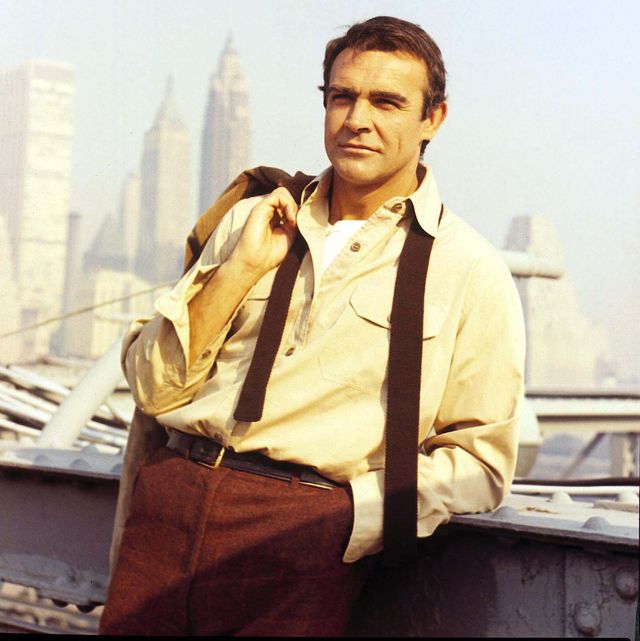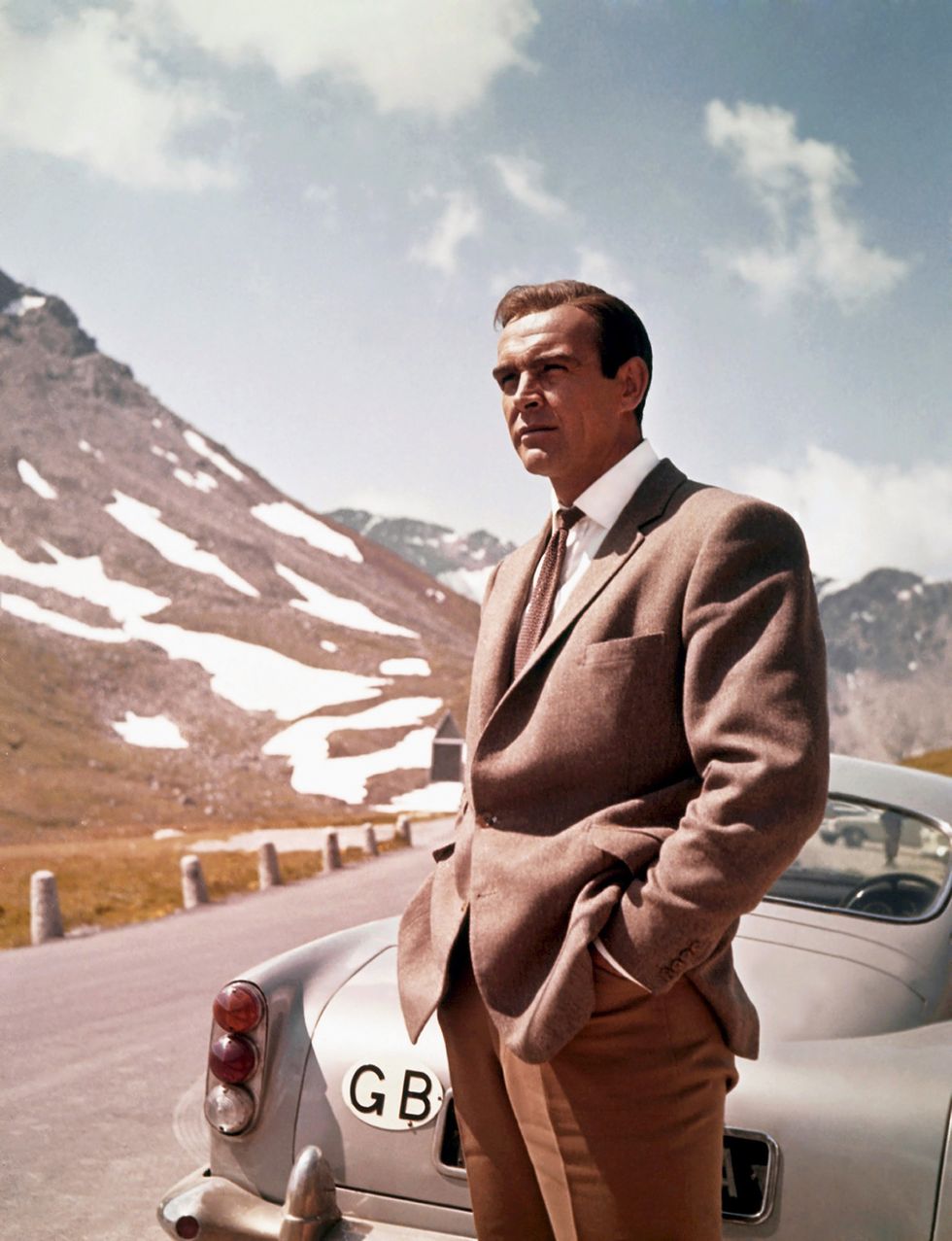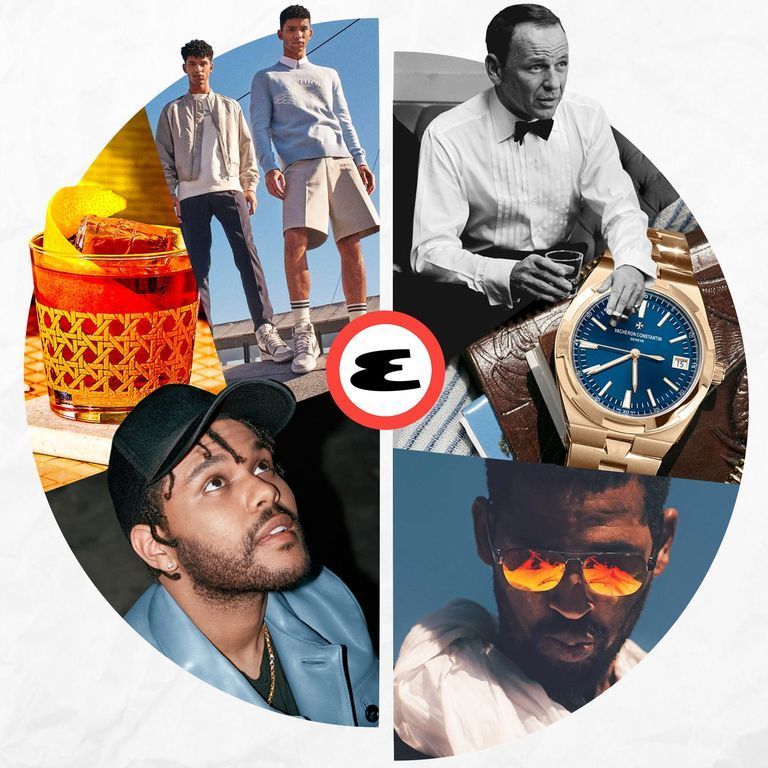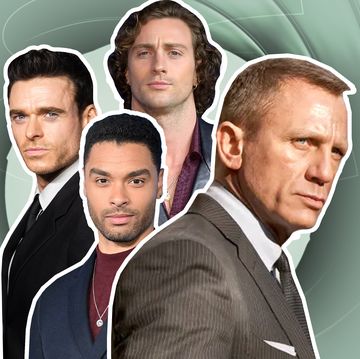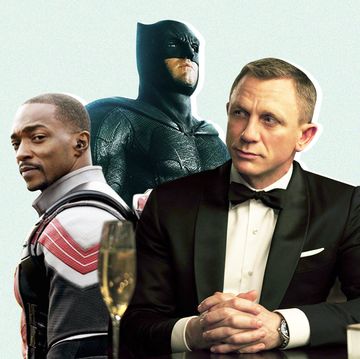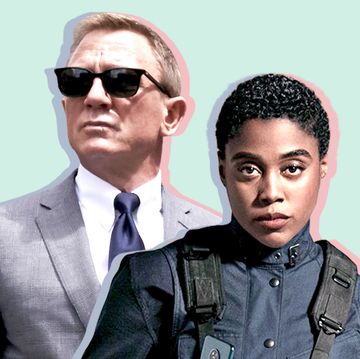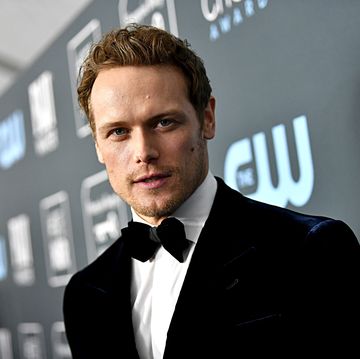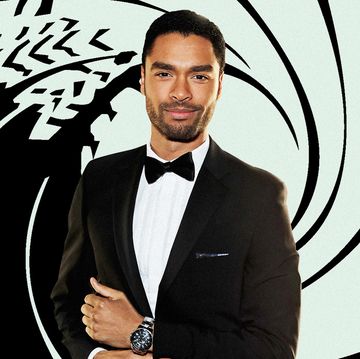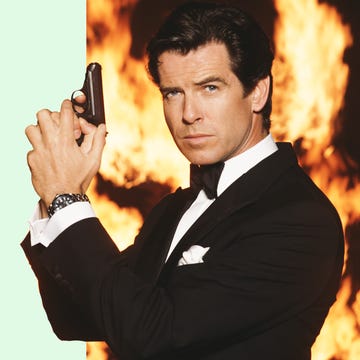Sean Connery was an exceptional movie star, a talented actor, and a peerless sex symbol, but above all else, he was the coolest man in the world. His passing this morning at the age of 90 robs the cinema of one of its all-time greats. An instant icon thanks to his embodiment of James Bond, the legendary Scotsman was the epitome of suave, cheeky, self-possessed manliness—so unbelievably magnetic that no one since has been able to wholly fill his 007 shoes, or for that matter, to duplicate his distinctive mixture of rugged machismo, sly humor, and effortless style. As much as anyone who’s ever graced the screen, he was the definition of a star whom everyone wanted to be with, and everyone wanted to be.
It’s hard to understate Connery’s immense contribution to movie history, which began – but hardly ended—with his turns as Ian Fleming’s British spy from 1962 (Dr. No) to 1971 (Diamonds Are Forever), with a one-time special-engagement return to the part in 1983 (Never Say Never Again). Dapper, arrogant, poised and unerringly skilled in the ways of both romance and violence, Connery established the bedrock template not only for James Bond but for the legions of action heroes that followed in his wake, all of whose brash, wisecracking attitude can be traced back to Connery’s signature persona. If he had never made another feature after hanging up his license to kill, he would have cemented himself as an unforgettable A-lister, one whose charisma and wit were of such a distinctly modern variety—burly and yet sleek; playful and yet no-nonsense; insouciant and yet forceful—that they defined the decades in which he thrived.
Connery, however, was far from a one-trick pony. While Bond invariably looms largest in the actor’s canon (and mythology), he proved his versatility after he relinquished the role. Exhibiting the range of an artist who was comfortable in his own larger-than-life skin, he made it look easy to zigzag between different—and often unexpected—parts. While he began demonstrating that dexterity as early as 1964’s Hitchcock-directed Marnie, Connery’s career truly became interesting in the 1970s with varied performances in diverse genre fare, be it John Boorman’s one-of-a-kind sci-fi fantasy Zardoz (in which he wore the most astounding mankini-and-knee-high boots outfit ever), John Milius’ Morocco-set The Wind and the Lion (embodying a Berber rebel leader), Richard Lester’s romantic Robin and Marian (opposite Audrey Hepburn), and arguably best of all, John Huston’s The Man Who Would Be King, a large-scale adventure epic (co-starring Michael Caine and Christopher Plummer) that really does feel like the sort of venture they don’t quite make anymore.
By the time the 1980s rolled around, Connery’s top-of-the-food-chain reputation was firmly established, such that he could easily play off it, as in Terry Gilliam’s Time Bandits or Russell Mulcahy’s Highlander. So assured was Connery’s mega-watt presence that he took on a supporting part in Brian De Palma’s The Untouchables, and (wielding a memorably questionable Irish accent) promptly stole the show, netting himself his only Academy Award in the process. Good luck watching that stellar Al Capone gangster saga and not thinking that Connery—whose Jimmy Malone championed bringing guns to knife fights, and schooled us all in “the Chicago way”—is the type of guy you’d most want by your side in a skirmish.
Even in the afterglow of his Oscar glory, Connery thrived, enlivening Indiana Jones and the Last Crusade as the demanding father to Harrison Ford’s swashbuckling archaeologist son, exuding imposing staunchness as a Russian submarine captain in The Hunt for Red October, and being an all-around badass in Michael Bay’s The Rock. Connery’s overwhelming force of personality made it hard for him to avoid coming across as the biggest man in a room (or a scene). Yet despite that cock-of-the-walk stature, he was far from the sort of performer who sought to dwarf everyone and everything around them. And he was frequently most entertaining when self-consciously leaning into the public’s opinion of him, smirking his way through roles he knew that we knew were prototypical Connery parts, such as 1999’s Entrapment, a movie that seems to exist largely as a tribute to Connery’s macho-man identity.
When Connery retired from acting in the wake of 2003’s underwhelming The League of Extraordinary Gentlemen, it not only brought a close to his own illustrious career, but signaled the impending end of a Hollywood era in which grand stars—rather than franchises and multimedia-friendly IPs—ruled the medium. The longer he’s been gone from the multiplex, the more his testosterone-y bluster, twinkling-eye slyness, and dashing charm have been missed, and his passing today is, for millions of cinephiles across the globe, nothing short of heartbreaking. But his performances, films and legacy are forever.
